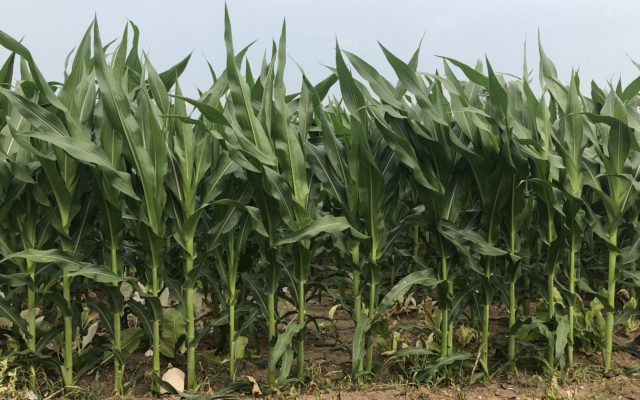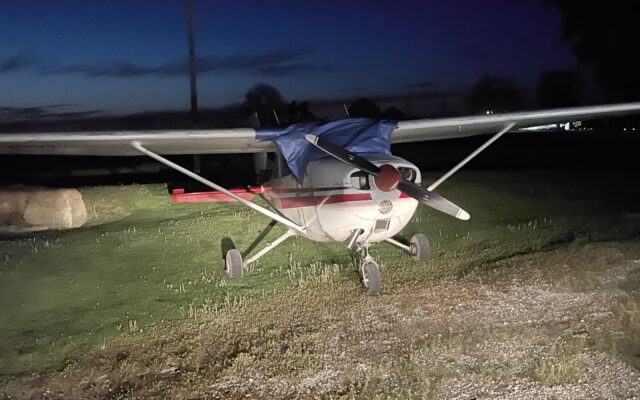Corn Silking Falls Behind While Beans Start Setting Pods

Missouri’s corn crop continues to stay behind the normal pace in its growing progress, while soybeans spent the Fourth of July developing their pods. USDA’s weekly Crop Progress report indicates that 15 percent of the state corn crop is tasseling, four points behind a year ago and well behind the five-year average of 38 percent. 59 percent of the crop is good to excellent, up one point from a week ago, while ten percent remain poor or very poor. The first one percent of soybeans have set pods, in line with normal trends. 14 percent have bloomed, and emergence is at 94 percent. Conditions weakened at the start of the month, with 55 percent rated good to excellent versus eight percent poor or very poor. Winter wheat harvest is two-thirds of the way complete, down 17 points from a year ago and 19 points off the five-year average.
The Bootheel’s cotton crop remains well ahead of normal, with 87 percent squaring and 14 percent setting bolls. Last year’s crop had not even entered the boll stage by the Fourth. The crop strengthened, with 73 percent now rated good, while eight percent is listed in poor condition. Rice is beginning to head, with one percent entering that stage. Last year’s crop was two percent headed, while the five-year average is five percent. Rice conditions also improved, with 70 percent now good to excellent and three percent rated poor.
A third of Missouri alfalfa has received its second cutting, down from 52 percent a year ago. 77 percent of other hay has been cut. 71 percent of pastures are in good or excellent shape, benefiting from the statewide average rainfall last week of 2.06 inches. Just two percent of pastures are considered poor. 24 percent of topsoil and 21 percent of subsoil have a surplus of moisture, compared to nine percent of topsoil and five percent of subsoil with a shortage. Nine percent of Missouri farmers are believed to have a surplus of water supply, while two percent are short. Eight percent of farmers report a shortage of hay supply, compared to three percent with a surplus. An average of 2.9 days were suitable for fieldwork. Temperatures averaged 75.5°F.





